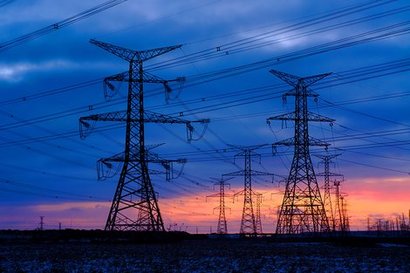
Clean Energy Council Chief Executive Kane Thornton said many wind and solar developers were coming to grips with reduced economic viability following the release on Friday (8th March) of MLF figures by the Australian Energy Market Operator.
“The biggest challenge for the industry is that we have experienced significant and unexpected annual decreases in MLFs for the last few years” Mr Thornton said. “MLFs represent the loss of electricity as it travels from power generators along poles and wires to customers. While this is a complex issue, the consequences are simple – an unexpected and unpredictable reduction in the viability of wind, solar, hydro and bioenergy projects across the country. The MLF methodology was established over 20 years ago and is no longer fit for purpose. A comprehensive and holistic review of MLFs by the AEMC is imperative, along with considerations of how this volatility could be controlled in the short term. The industry is calling on the AEMC to complete this review as soon as possible”.
Mr Thornton added that the issue underlines the need for efficient investment in new poles and wires to relieve the strain on the existing network, which is rapidly becoming congested. This remains one of the highest priorities for the Australian industry. The renewable energy industry attracted tens of billions of dollars in investment last year and had created thousands of jobs. Thornton warned that a strong investment pipeline could be at risk if the issue was not addressed.
“Predicting MLFs into the future is something no-one has been able to do with any accuracy” Thornton continued. “Consequently the current process introduces risks that are virtually impossible to manage after investment decisions have already been made. This is a major issue for our industry, and we are interested in working with all stakeholders in good faith to address it as soon as possible.”
For additional information:

